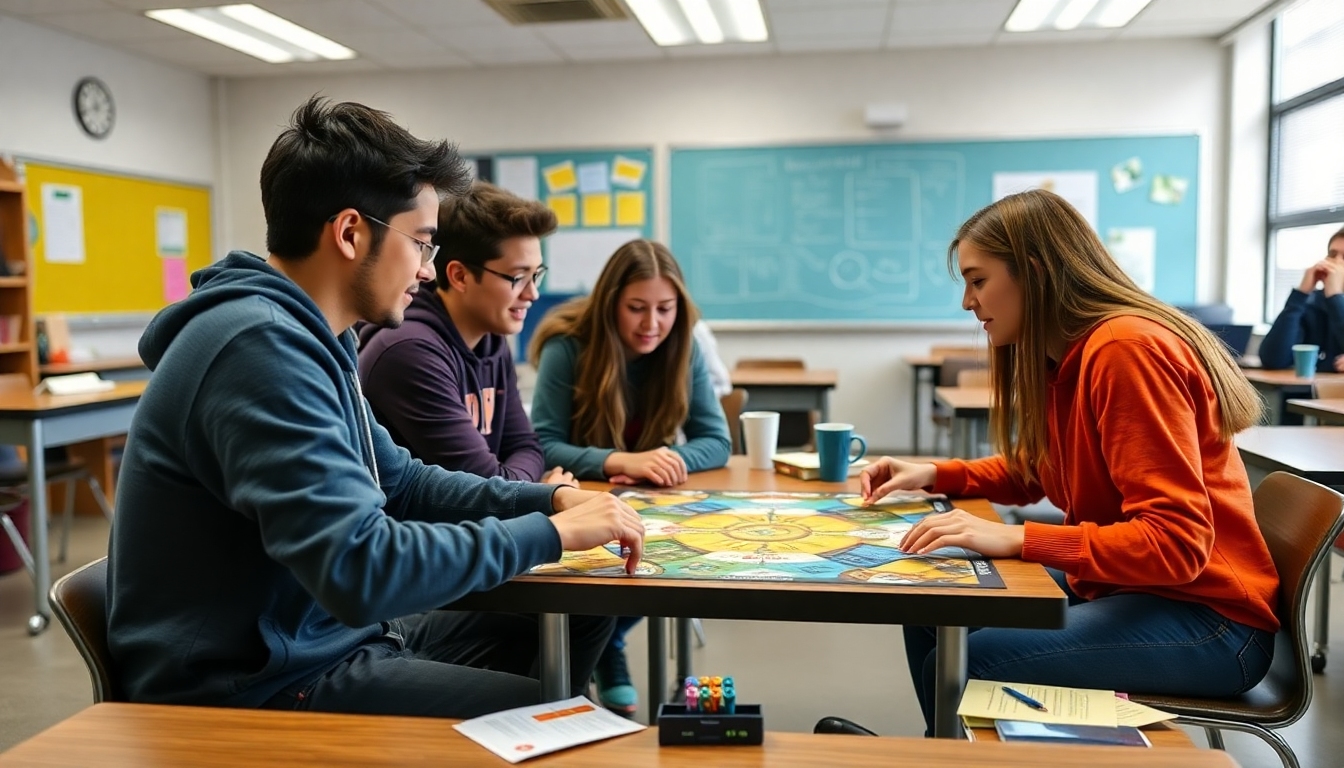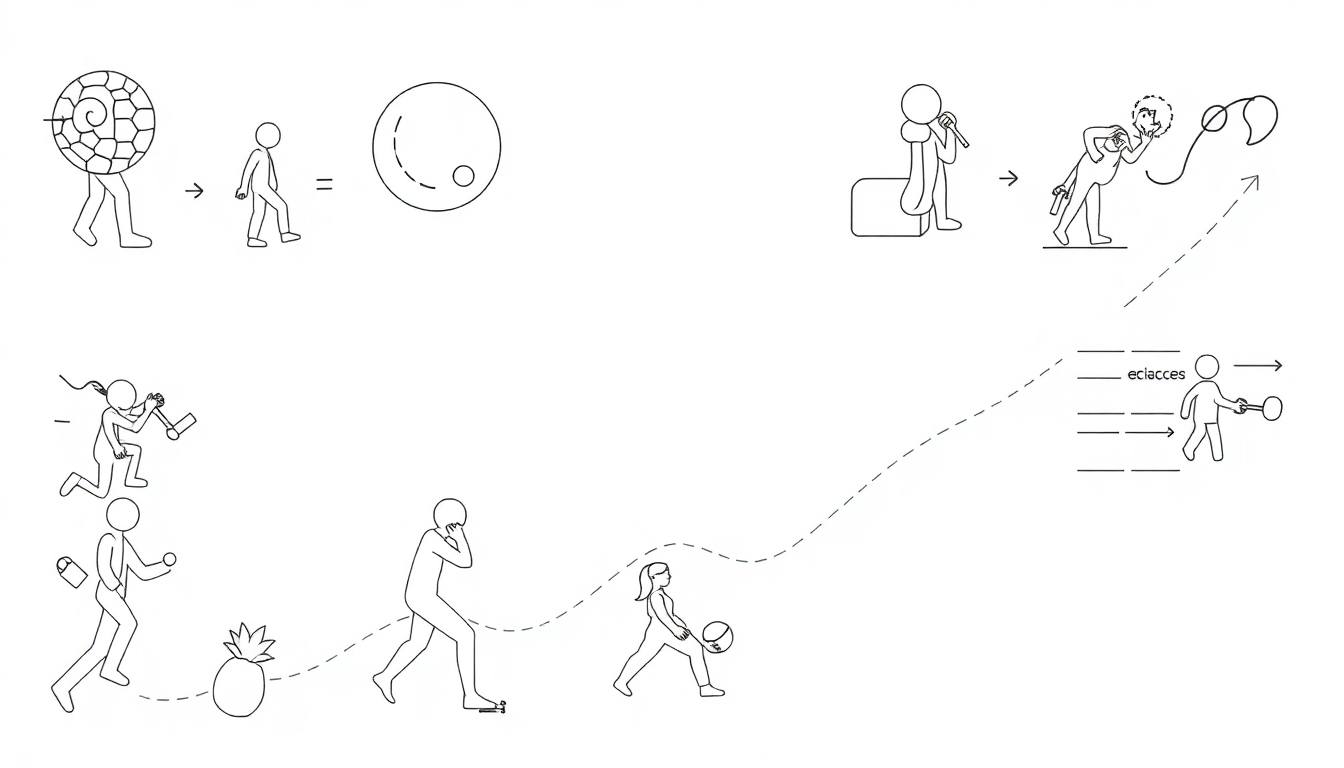
If you’ve ever had a student whisper, “I’m just not a math person,” you’ll know the quiet weight those words carry. I’ve been there too. The first time I ran a growth mindset game with my 5th graders, one student—let’s call her Zara—rolled her eyes and said, “Miss, this won’t change my brain.” Three weeks later, she was the one reminding a classmate, “Add the magic word—yet.” That’s when it clicked: making mindset visible through play works.
In this guide, I’m sharing the exact growth mindset games and routines that have helped my students build resilience, try hard things, and celebrate progress. They’re quick to set up, fun to run, and grounded in research—so you can use them today and feel confident they’ll support real learning.
Understanding the Growth Mindset: A Foundation for Success

A growth mindset is the belief that our abilities can develop with effort, feedback, and effective strategies. It doesn’t mean “everyone can do anything instantly.” It means we can get better—often in meaningful ways—when we practice smart and stick with it. In classrooms, that belief shows up as:
- Resilience: Students bounce back after mistakes (and mine love sharing “favorite mistakes” now).
- Motivation: More willingness to attempt challenging tasks because they see effort as the path to mastery.
- Better strategies: Students shift from “try harder” to “try differently,” seeking feedback and new approaches.
Want a quick reflective routine to pair with the games below? Try the 3–2–1 Reflect Activity to help students notice what’s working and what to tweak.
Engaging Growth Mindset Games for Elementary School (Ages 5–12)

1) “I Can’t Do It… Yet!” Reframe Game
What I noticed: After a week of this, my students began spontaneously adding “yet” to each other’s sentences—peer-to-peer mindsets are powerful.
- Time: 5–7 minutes
- Materials: None (optional: sentence strips)
- How to play:
- Students share a task they find tough: “I can’t solve fractions.”
- Class echoes back with the reframe: “I can’t solve fractions… yet.”
- Brainstorm one concrete next step (“Use visual models” or “Try a simpler denominator first”).
- Teacher language: “What strategy can we test next?” “Whose idea could help us move one step forward?”
- Differentiation: For younger students, act it out with a simple movement (thumbs down ➜ neutral ➜ thumbs up as they say “yet”).
2) The Power of “Yet” Roadmap
This takes the reframe a step further with planning.
- Time: 10–15 minutes
- Materials: Paper or whiteboards
- How to:
- Students write “I can’t ____ yet.”
- List 3 small steps (watch a demo, practice 10 mins, ask a partner, etc.).
- Set a mini-checkpoint (by Friday, I’ll be here).
- Make it active: Turn the steps into stations or a simple obstacle course—pair it with these creative obstacle course ideas.
3) Mistake Celebration Circle
My favorite moment: One student shared a “mistake of the week” that helped the whole class understand regrouping in subtraction. The applause was real. 🥳
- Time: 8–10 minutes weekly
- Materials: “Oops to Oops-ortunities” chart or a jar for slips
- Flow:
- Share a mistake + what it taught you.
- Class names the strategy learned (“check units,” “draw it,” “slow down”).
- Celebrate with a class cheer or sticker on the chart.
- Safety first: Normalize that we never laugh at people—only at moments we all learn from.
Growth Mindset Games for Middle and High School (Ages 13–18)

4) Skill-Opoly (Board Game Remix)
Why teens buy in: It’s familiar, social, and every turn prompts a real story or strategy share.
- Time: 25–35 minutes
- Materials: Any board game base (Monopoly/Snakes & Ladders) + custom cards
- Setup: Replace properties with “Skills” (Note-Taking, Feedback, Time-Management). Landing on a space triggers a short prompt: “Share a time you pivoted your approach and what changed.”
- Scoring: Teams earn tokens for specific mindsets: asking a clarifying question, citing a strategy, or giving actionable peer feedback.
5) Growth Mindset Pictionary
- Time: 15–20 minutes
- Prompts: “Productive struggle,” “learning from feedback,” “embracing challenge,” “iteration,” “resilience.”
- Debrief (the key): After each round, groups explain how their drawing shows a mindset in action—connect it to current coursework.
6) Card Decks: Affirmation, Challenge, Reflection
Affirmation Cards (pull one to start class): “I build skill through deliberate practice.” “I turn ‘What if I fail?’ into ‘What will I try next?’”
Challenge Cards (scenario planning): “Your lab data is messy—list 3 ways to improve reliability.” “You bombed a quiz—map your retake plan.”
Reflection Cards (exit tickets): “What strategy moved you forward today?” “What feedback will you test next time?”
Pro tip: Let students co-create new cards each unit so ownership grows with them.
7) Online & Virtual Activities
- Virtual Escape Rooms: Mix content puzzles with “retry” mechanics. Teams must iterate to unlock clues.
- Brain Training Apps: Tools like Lumosity/Elevate can be optional warm-ups—frame them as practice, not measures of intelligence.
- Quiz + Reflection: Pair a quick quiz with a reflection form: “Two errors I understand now” and “One strategy I’ll try.” Explore more easy growth mindset games.
Simple & Fun Growth Mindset Activities

8) Gratitude x Grit Journaling
Students jot 3 gratitudes and 1 “grit note” (a moment they stuck with something) 2–3 times a week. Over time, they see progress in their own words.
9) Goal-Setting Sprints
- Pick a 2-week micro-goal (e.g., “complete all exit tickets”).
- Break into 3 tiny steps. Schedule them. Celebrate with a shout-out wall.
- Students chart effort and outcome—spot patterns together.
10) Successes and Challenges Debrief
After projects, run a 10-minute circle: “What worked? What was hard? What will we do differently next time?” Pair with the 3–2–1 Reflect to make it routine.
Printable Growth Mindset Resources and Worksheets

Below are ready-to-copy prompts you can paste into a doc and print today:
- Coloring Pages Ideas: “Mistakes help me learn.” “Practice grows my brain.” “Try, tweak, try again.”
- Worksheet Prompts:
- “One thing I’m working to improve is…”
- “When I feel stuck, I will…”
- “A strategy I want to test this week is…”
- Activity Starters: Role-play asking for feedback; build a “strategy menu” for a tough skill; do a “failure resume” of 3 attempts that taught you something.
| Activity | Grades | Time | What you need |
|---|---|---|---|
| “I can’t… yet!” | K–6 | 5–7 min | None |
| Mistake Celebration | 3–12 | 8–10 min | Chart or slips |
| Skill-Opoly | 6–12 | 25–35 min | Board + custom cards |
| Gratitude x Grit | 2–12 | 5 min | Notebook |
Implementing Growth Mindset Games Effectively

Build the Culture First
- Co-create norms: “We try, we tweak, we try again,” “Feedback is fuel,” “Respect over perfection.”
- Model your own learning out loud: “I tried a new rubric and it flopped—here’s my tweak.”
- Use process praise (“Your revision strategy was smart”) instead of person praise (“You’re so smart”).
Feedback That Moves Learning
Try the SBI + Next Step format: Situation (when you…), Behavior (I noticed…), Impact (which led to…), Next Step (try…).
What Didn’t Work for Me (and What Did)
- Didn’t: Posters alone. Students nodded, changed nothing.
- Did: Short, regular routines + explicit strategy instruction + reflective debriefs.
- Pro move: Tie games to real class tasks (quizzes, projects) so mindsets feel useful, not extra.
Track Impact Without the Hassle
- Quick “confidence check” before and after a unit (1–5 scale).
- Count strategy mentions in student talk (“I tried X…”).
- Collect a monthly “fail-forward” story from each student—gold for conferences.
Conclusion: Small, Playful Steps—Big, Lasting Wins
A growth mindset isn’t a one-off lesson—it’s a language and a set of habits. The games above helped my students laugh at mistakes, plan their next steps, and cheer each other on. Honestly, the best part for me is hearing a quiet “yet” float across the room when someone feels stuck. That’s community. That’s growth. Aur haan—start small. One 5-minute routine can change the feel of your room more than a dozen posters ever will.
Frequently Asked Questions (FAQs)
What is a growth mindset in simple terms?
It’s the belief that abilities develop with effort, feedback, and effective strategies—not a fixed label of “good” or “bad” at something.
Do growth mindset games actually improve grades?
They can contribute by boosting engagement and strategy use. Research shows effects are modest overall but meaningful for some students—especially when paired with good teaching, actionable feedback, and appropriately challenging tasks.
What are the quickest growth mindset activities to start with?
“I can’t… yet!” reframes, Mistake Celebration, and 3–2–1 Reflect. Each takes under 10 minutes and builds a shared language.
How should teachers give feedback to support a growth mindset?
Praise the process and strategy (“Your outline clarified your argument”), give specific next steps, and invite students to reflect on what they’ll try next.
Any printable resources I can use right away?
Use the prompts above to create quick coloring pages, reflection sheets, and card decks. You can also adapt the board/card ideas into simple printable templates.
References & Research
- Dweck, C. S. (2006). Mindset: The New Psychology of Success. Random House.
- Sisk, V. F., et al. (2018). To what extent and under which circumstances are growth mind-sets important to academic achievement? Psychological Science, 29(4), 549–571.
- Yeager, D. S., et al. (2019). A national experiment reveals where a growth mindset improves achievement. Nature, 573, 364–369.
- Yeager, D. S., & Dweck, C. S. (2020). What can be learned from growth mindset controversies? American Psychologist, 75(9), 1269–1284.
Balanced view: Growth mindset works best when it’s not just slogans—pair it with strategy instruction, well-sequenced practice, and supportive feedback.
